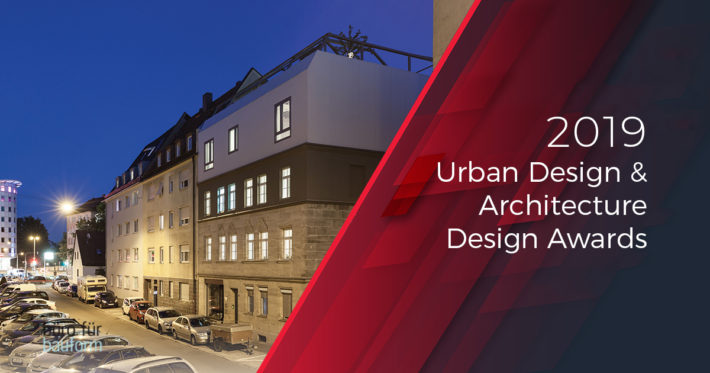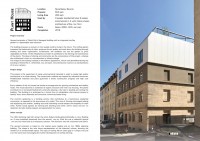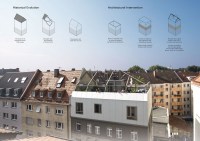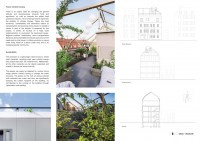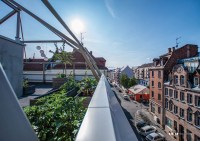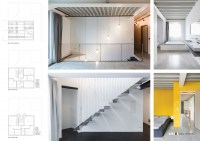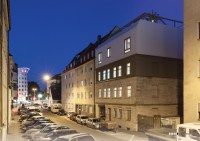Upward extension of World War II damaged building with an integrated rooftop garden in a lightweight steel structure.
Second Award- Urban Design & Architecture Design Awards 2019
Firm | büro für bauform
Category | Residential Multi Family
Team | Eddie Klotz, Bene Weigmann, Jürgen Lehmeier
Country | Germany
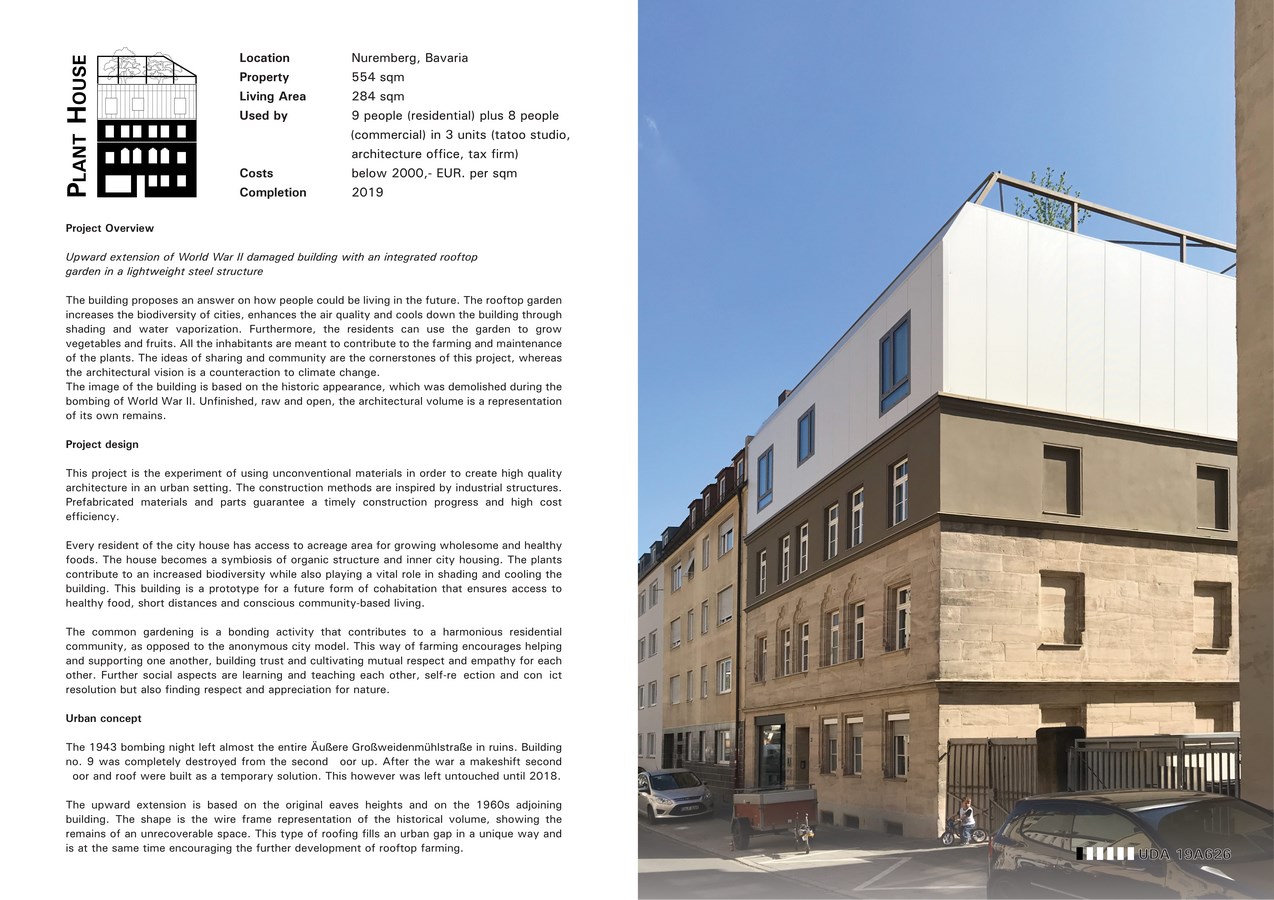
The building proposes an answer on how people could be living in the future. The rooftop garden increases the biodiversity of cities, enhances the air quality and cools down the building through shading and water vaporization. Furthermore, the residents can use the garden to grow vegetables and fruits. All the inhabitants are meant to contribute to the farming and maintenance of the plants. The ideas of sharing and community are the cornerstones of this project, whereas the architectural vision is a counteraction to climate change. The image of the building is based on the historic appearance, which was demolished during the bombing of World War II. Unfinished, raw and open, the architectural volume is a representation of its own remains.
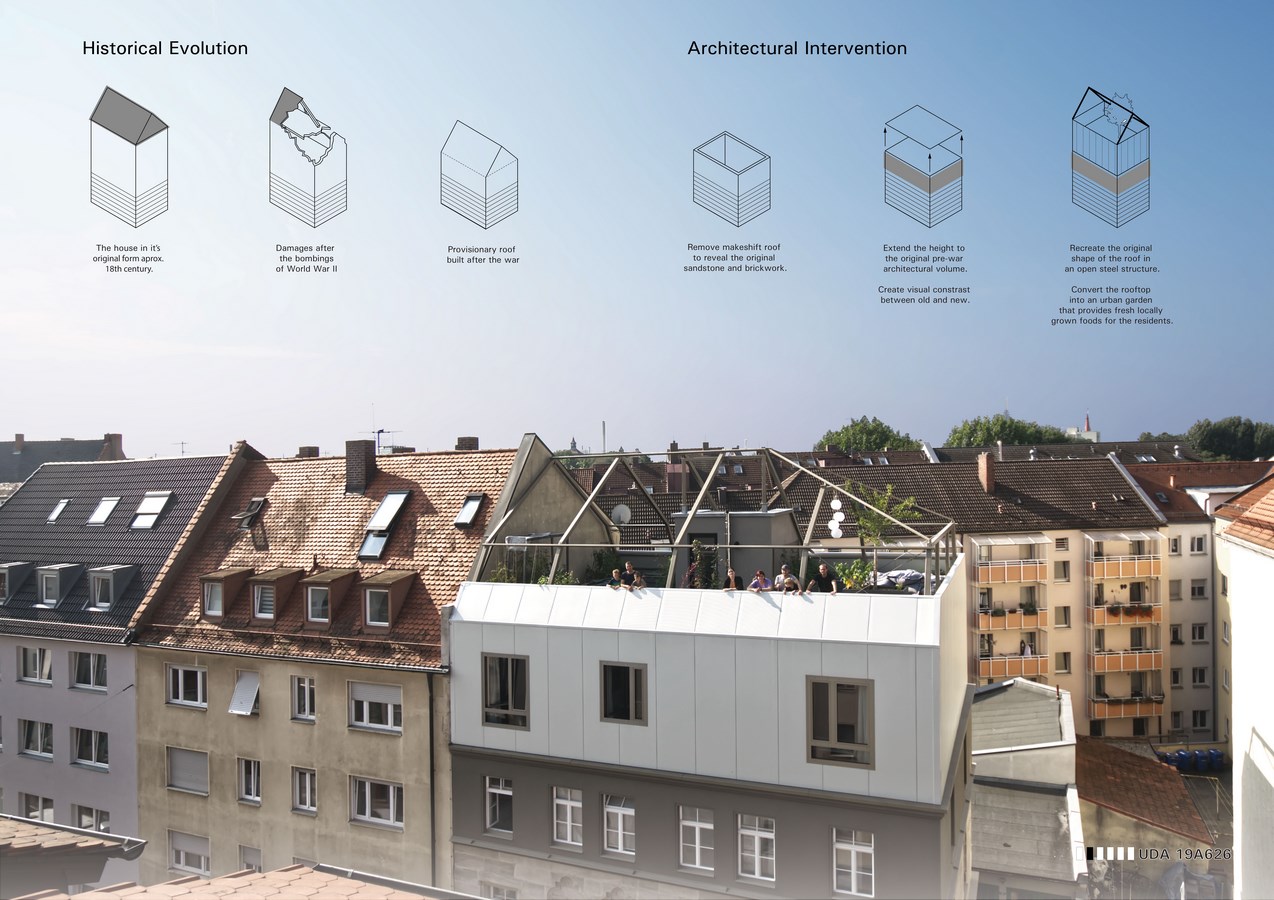
This project is the experiment of using unconventional materials in order to create high quality architecture in an urban setting. The construction methods are inspired by industrial structures. Prefabricated materials and parts guarantee a timely construction progress and high cost efficiency. Every resident of the city house has access to acreage area for growing wholesome and healthy foods. The house becomes a symbiosis of organic structure and inner city housing. The plants contribute to an increased biodiversity while also playing a vital role in shading and cooling the
building. This building is a prototype for a future form of cohabitation that ensures access to healthy food, short distances and conscious community-based living.
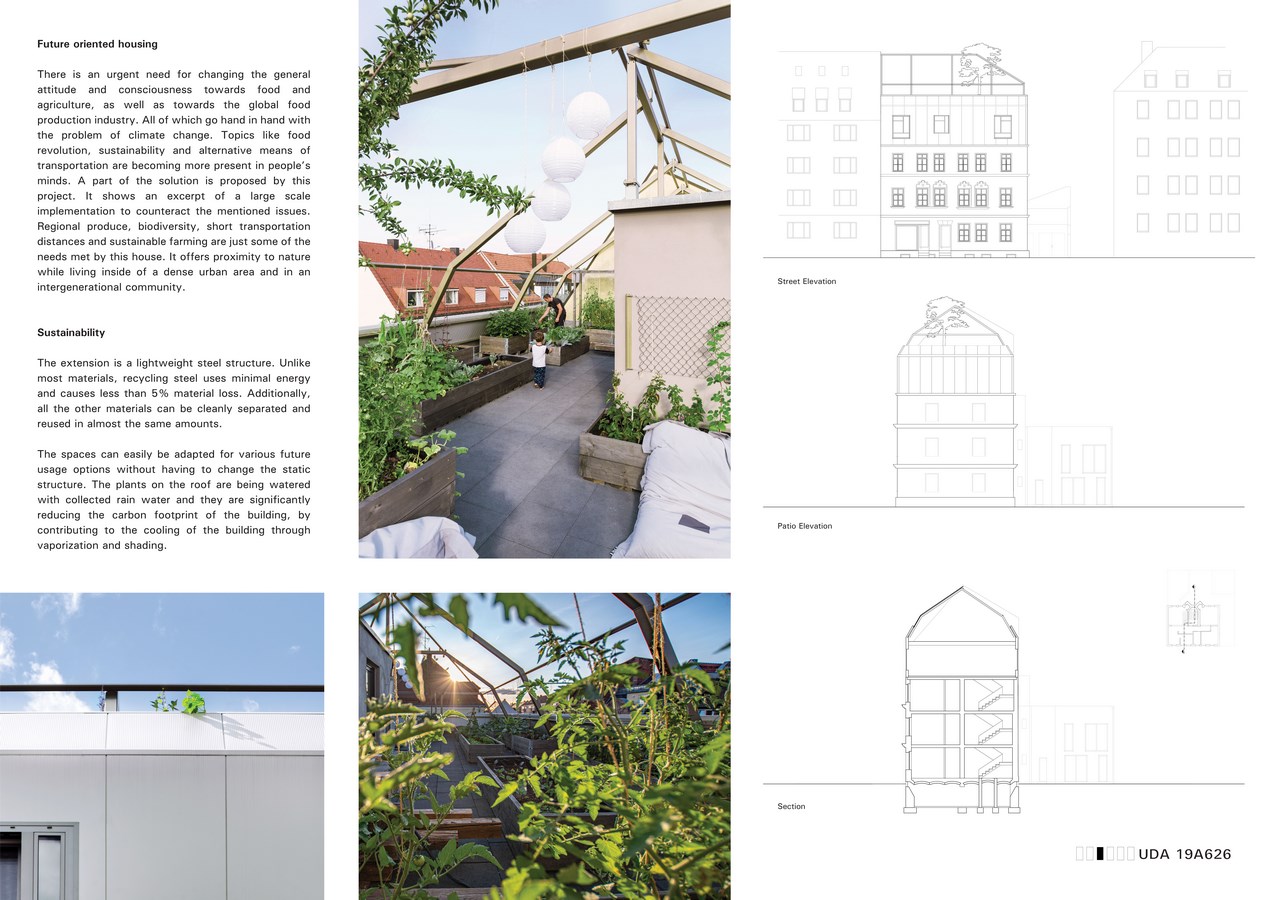
The common gardening is a bonding activity that contributes to a harmonious residential community, as opposed to the anonymous city model. This way of farming encourages helping and supporting one another, building trust and cultivating mutual respect and empathy for each other. Further social aspects are learning and teaching each other, self-reflection and conflict resolution but also finding respect and appreciation for nature.
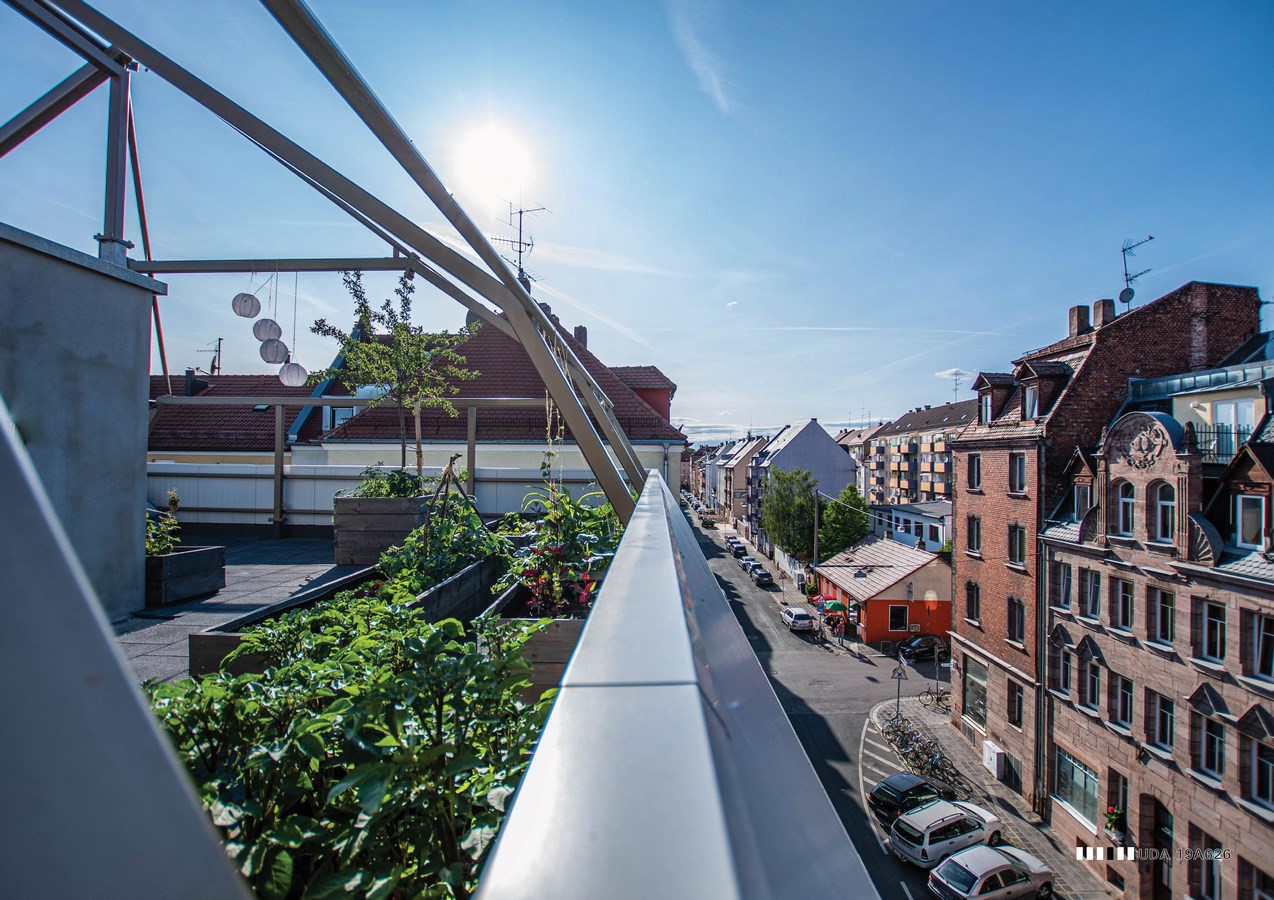
Urban concept
The 1943 bombing night left almost the entire Äußere Großweidenmühlstraße in ruins. Building no. 9 was completely destroyed from the second floor up. After the war a makeshift second floor and roof were built as a temporary solution. This however was left untouched until 2018. The upward extension is based on the original eaves heights and on the 1960s adjoining building. The shape is the wire frame representation of the historical volume, showing the remains of an unrecoverable space. This type of roofing fills an urban gap in a unique way and is at the same time encouraging the further development of rooftop farming.


